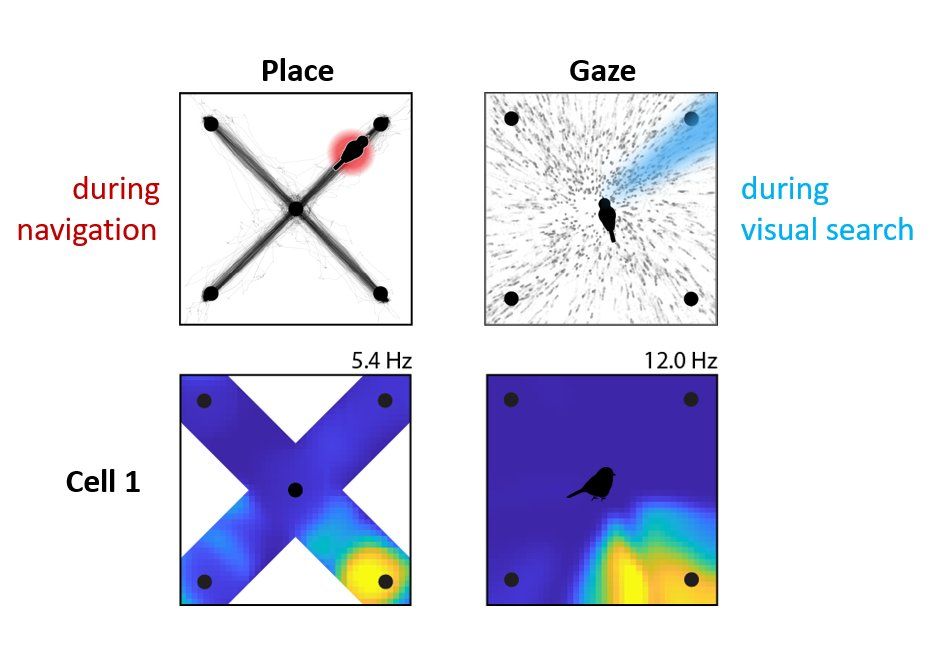
In time for valentines day, @rufeili.bsky.social and I describe how competition between males sculpt mating decisions in 🪰🫶.
www.cell.com/cell/fulltex...
Learn more: https://scim.ag/4onaxEE

Learn more: https://scim.ag/4onaxEE
We discovered that the fruit fly #drosophila erecta requires food odor to mate and arousal is further enhanced by social group motion.
Cross-species analysis of brain activity reveals a novel gate evolved from within a conserved circuit
shorturl.at/gGYm7

We discovered that the fruit fly #drosophila erecta requires food odor to mate and arousal is further enhanced by social group motion.
Cross-species analysis of brain activity reveals a novel gate evolved from within a conserved circuit
shorturl.at/gGYm7
www.biorxiv.org/content/10.1...

www.biorxiv.org/content/10.1...
When a chickadee looks at a distant location, the same place cells activate as if it were actually there 👁️
The hippocampus encodes where the bird is looking, AND what it expects to see next -- enabling spatial reasoning from afar
bit.ly/3HvWSum

When a chickadee looks at a distant location, the same place cells activate as if it were actually there 👁️
The hippocampus encodes where the bird is looking, AND what it expects to see next -- enabling spatial reasoning from afar
bit.ly/3HvWSum

Here, we show how adaptive control in Drosophila pursuit involves two specialized parallel feedback loops.

Here, we show how adaptive control in Drosophila pursuit involves two specialized parallel feedback loops.
In time for valentines day, @rufeili.bsky.social and I describe how competition between males sculpt mating decisions in 🪰🫶.
www.cell.com/cell/fulltex...

In time for valentines day, @rufeili.bsky.social and I describe how competition between males sculpt mating decisions in 🪰🫶.
www.cell.com/cell/fulltex...
We uncovered neuronal pathways through which social states (like aggression 🥊) modulate visual processing in #Drosophila. #WomenInSTEM #neuroscience 🧪 1/
We uncovered neuronal pathways through which social states (like aggression 🥊) modulate visual processing in #Drosophila. #WomenInSTEM #neuroscience 🧪 1/
Check it out!
www.biorxiv.org/content/10.1...

Check it out!
www.biorxiv.org/content/10.1...

